THE SINGLE COIN WORTH THREE MONTHS WAGES – Charles I (1625-1649) Triple Unite
The Triple Unite, valued at sixty shillings, or three pounds, was the highest English hammered denomination to be produced. It was struck at the Oxford Mint set up during the first English Civil War of 1642-6 and issued between January and March of 1643 (although dated 1642) at the hurriedly set up mint at New Inn Hall in Oxford. This huge coin was issued, at least in part, for use as gifts to those whom the King wished to ‘cement’ to his side in the Civil War. Thus the obverse design for the coin features an armoured bust of Charles I, with broadsword raised, and yet in visual dichotomy, he bears an olive branch over his heart Charles was visually appealing to either nature of the benefactor he was seeking to entice. The bust on this coin is very hawkish which is the earliest type, later he had it changed to a more benevolent and softer style. On the reverse, he put his famous declaration – uttered at Wellington in September 1642 when he swore to uphold the Protestant Religion, the laws of England and the freedom of Parliament. A very rare and spectacular coin.
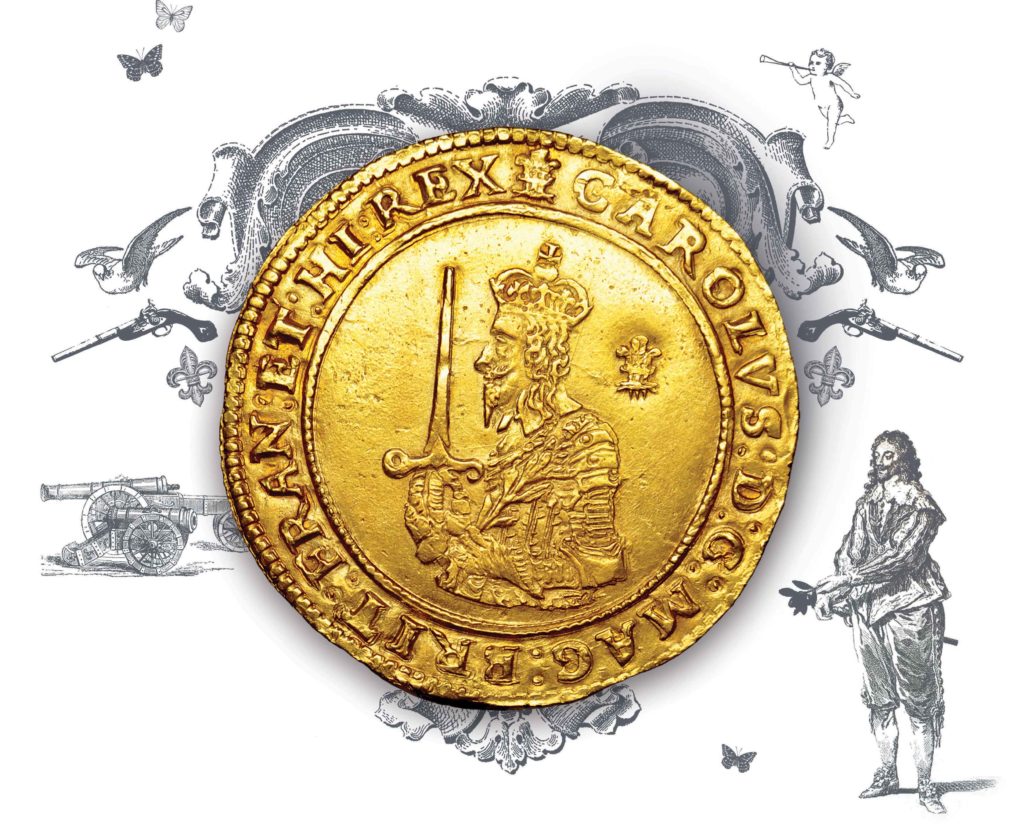
In January 1642 the ‘Long Parliament seized’ power in London and Charles was forced to move north. He reached Nottingham by late August but then turned west to Oxford which he reached in October and set up Court and prepared for war. On the 26th. of October the Civil War commenced with the battle of Edgehill and then followed the famous battles and sieges of Naseby, Newark and Oxford. Peace negotiations in Spring 1646 came to nought the war continued into a second phase when the Scots invaded in 1648. During this time it was the King’s sole right and prerogative to strike coins and to support the ‘Royal Cause’ and supporters’ plate, flatware, jewellery and any precious metal was donated to the king to turn into coin to finance the Royalist war effort. The coins minted in Oxford after the mint was hurriedly set up by Thomas Bushell in January 1643 at the beginning of the war were to procure men, arms, rent, supplies etc. for the war effort – but these large gold coins, the ultimate image of Royal Power, were primarily used to procure allegiance. They were never intended to be saved and most were melted down at the end of the war to be turned into current coin – when the concept of ‘kingship’ changed forever. A few survived, perhaps a little more than two hundred and this rare and magnificent coin, the largest British hammered gold coin is truly emblematic of this troubled age and of the last king of England to rule by divine right.
OTHER EXAMPLES FROM THIS REIGN…
-
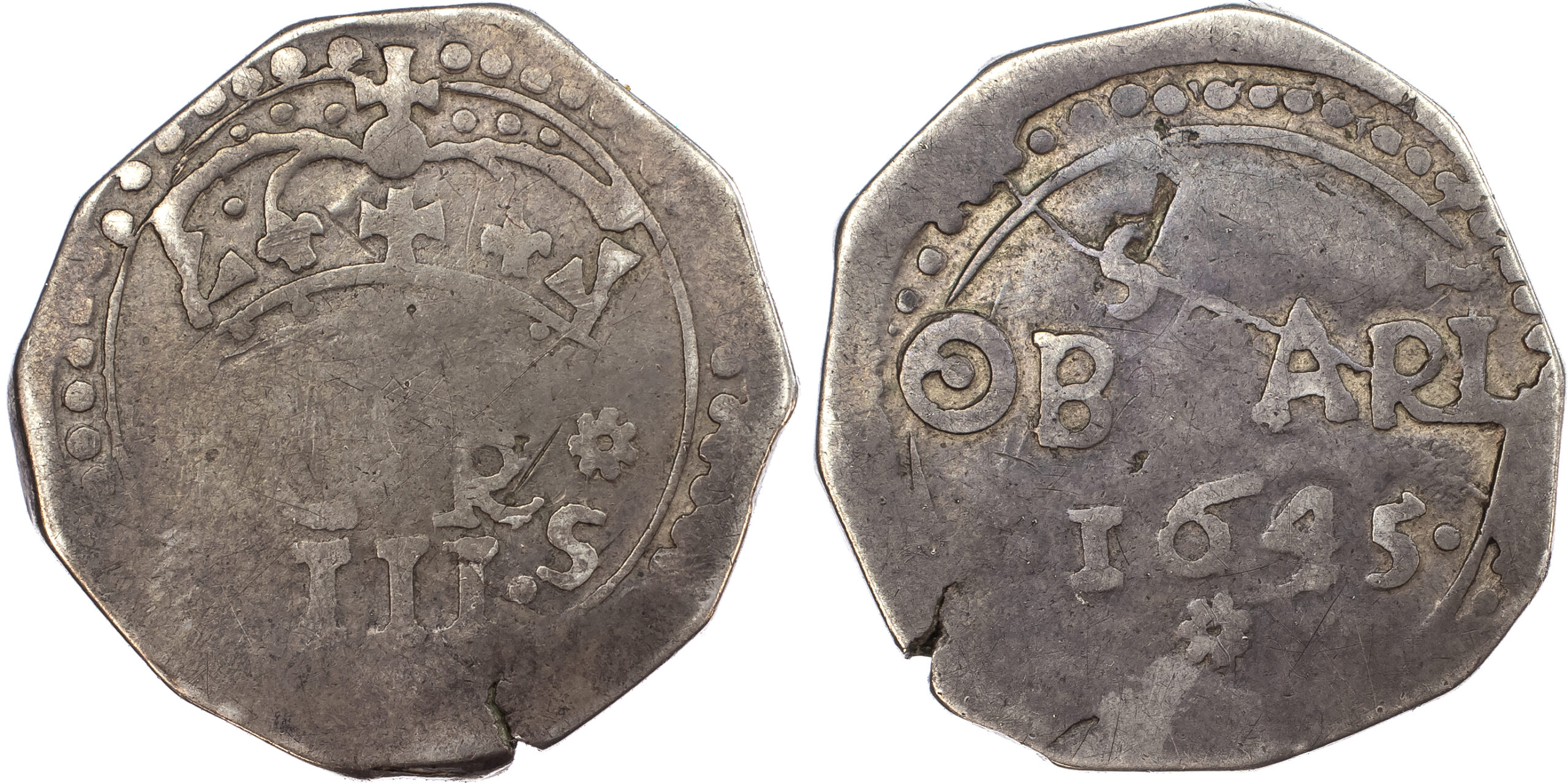 Charles I (1625-49), Three Shillings, 1645, Civil War obsidional coinage£29,950.00
Charles I (1625-49), Three Shillings, 1645, Civil War obsidional coinage£29,950.00 -
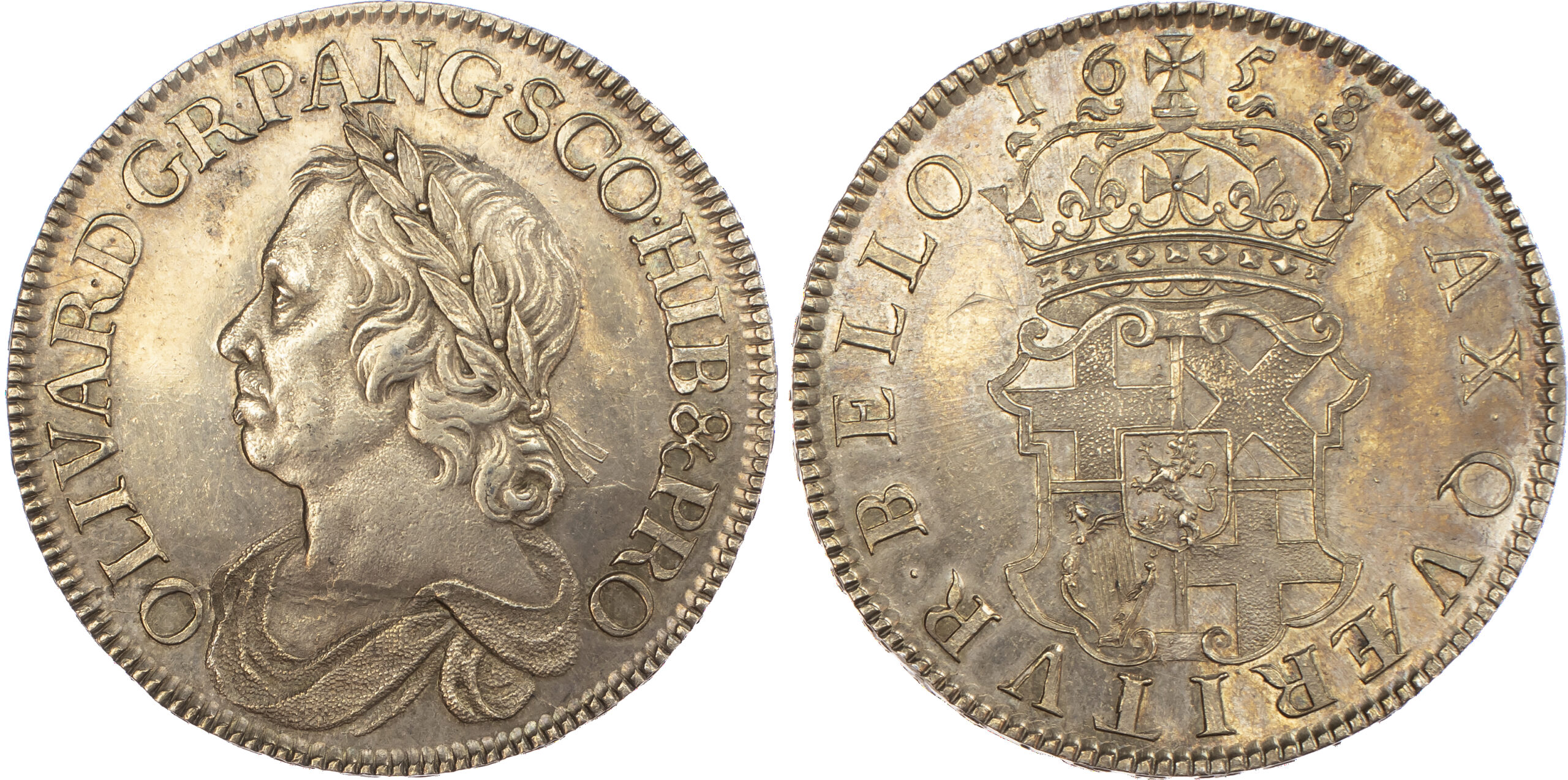 Cromwell, Crown, 1658/7£10,950.00
Cromwell, Crown, 1658/7£10,950.00 -
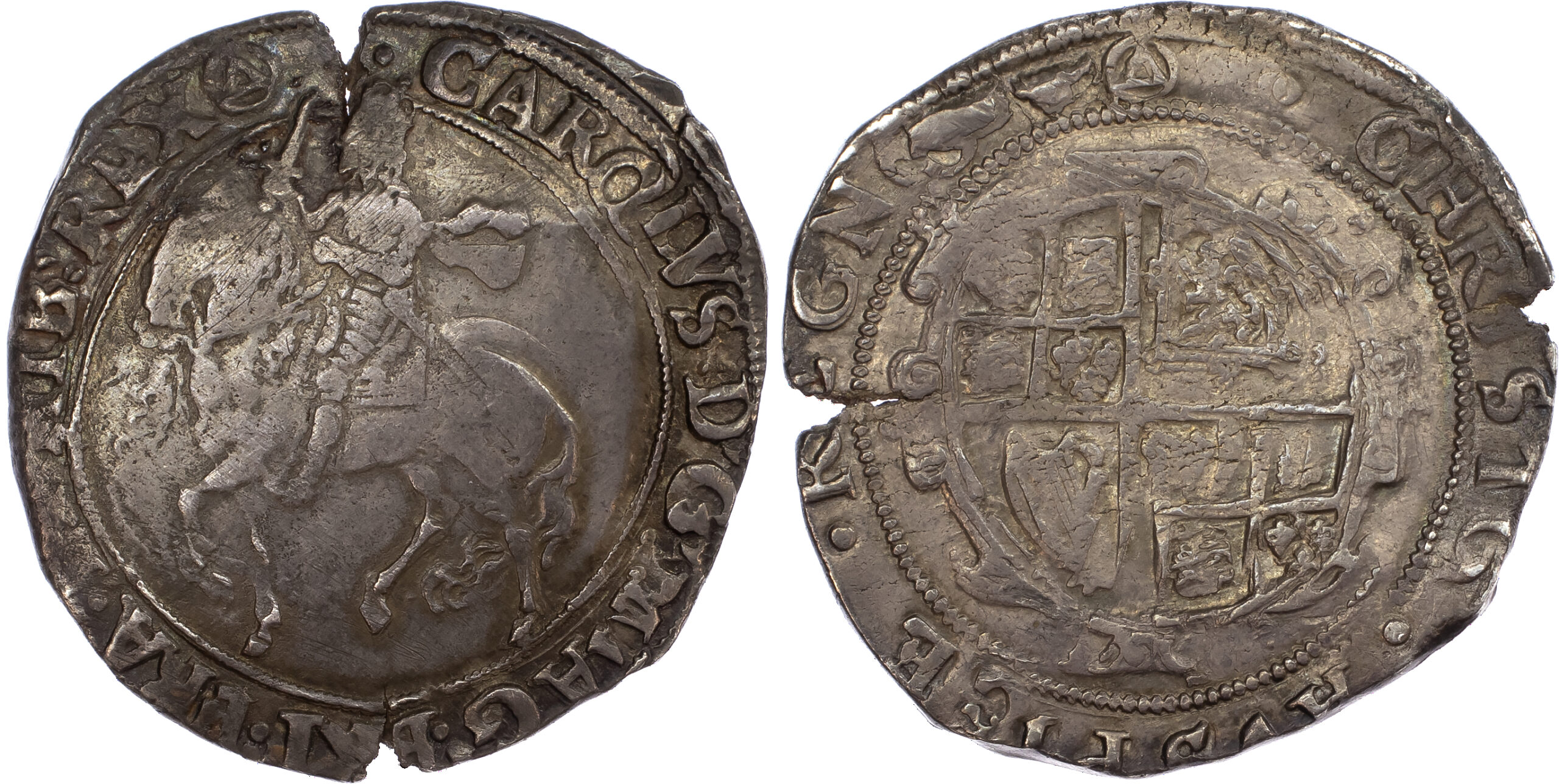 Charles I Halfcrown£375.00
Charles I Halfcrown£375.00 -
 Charles I Halfcrown – type IV: mm star: Ex Lingford collection£225.00
Charles I Halfcrown – type IV: mm star: Ex Lingford collection£225.00 -
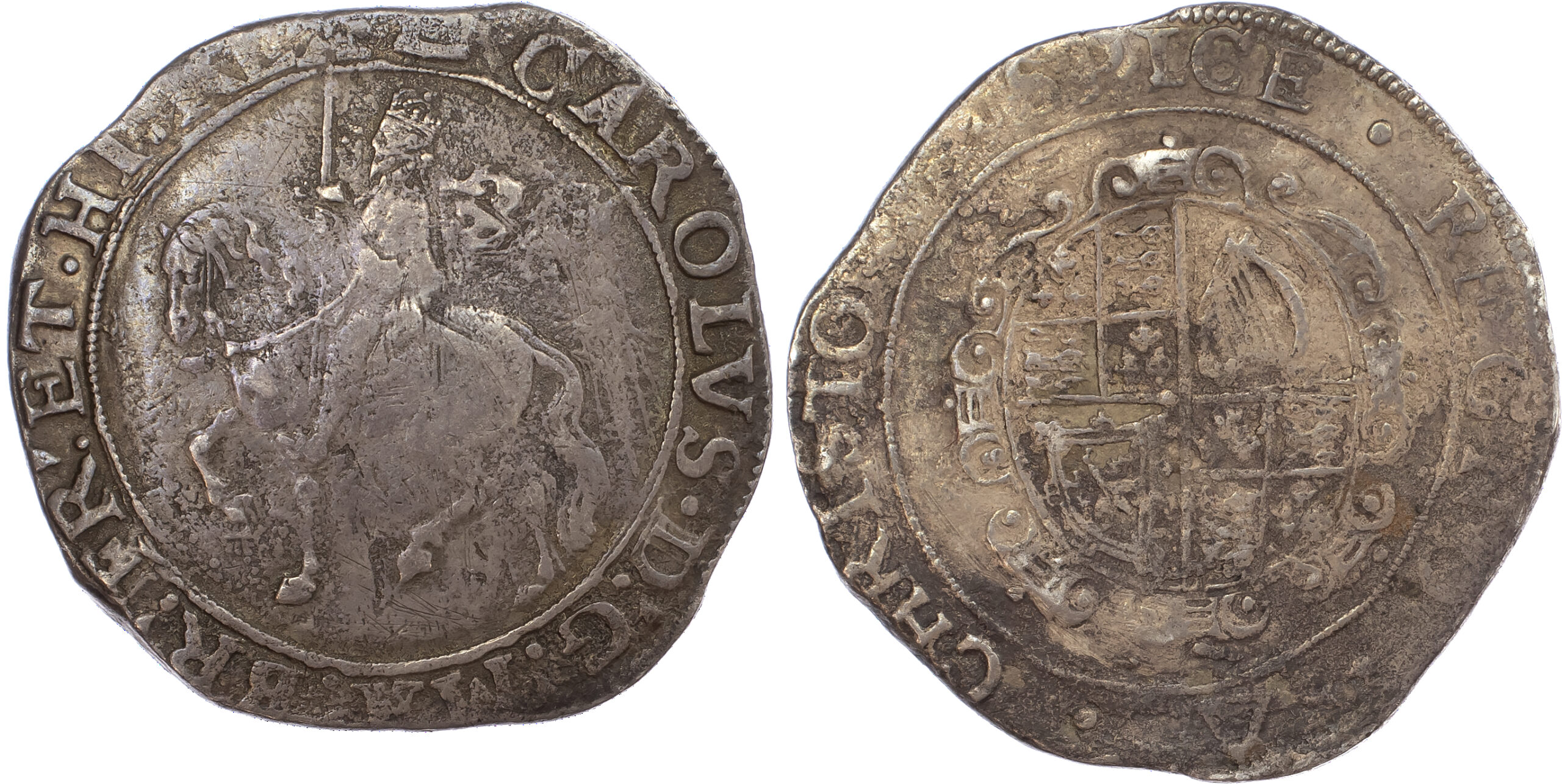 Charles I Halfcrown£325.00
Charles I Halfcrown£325.00 -
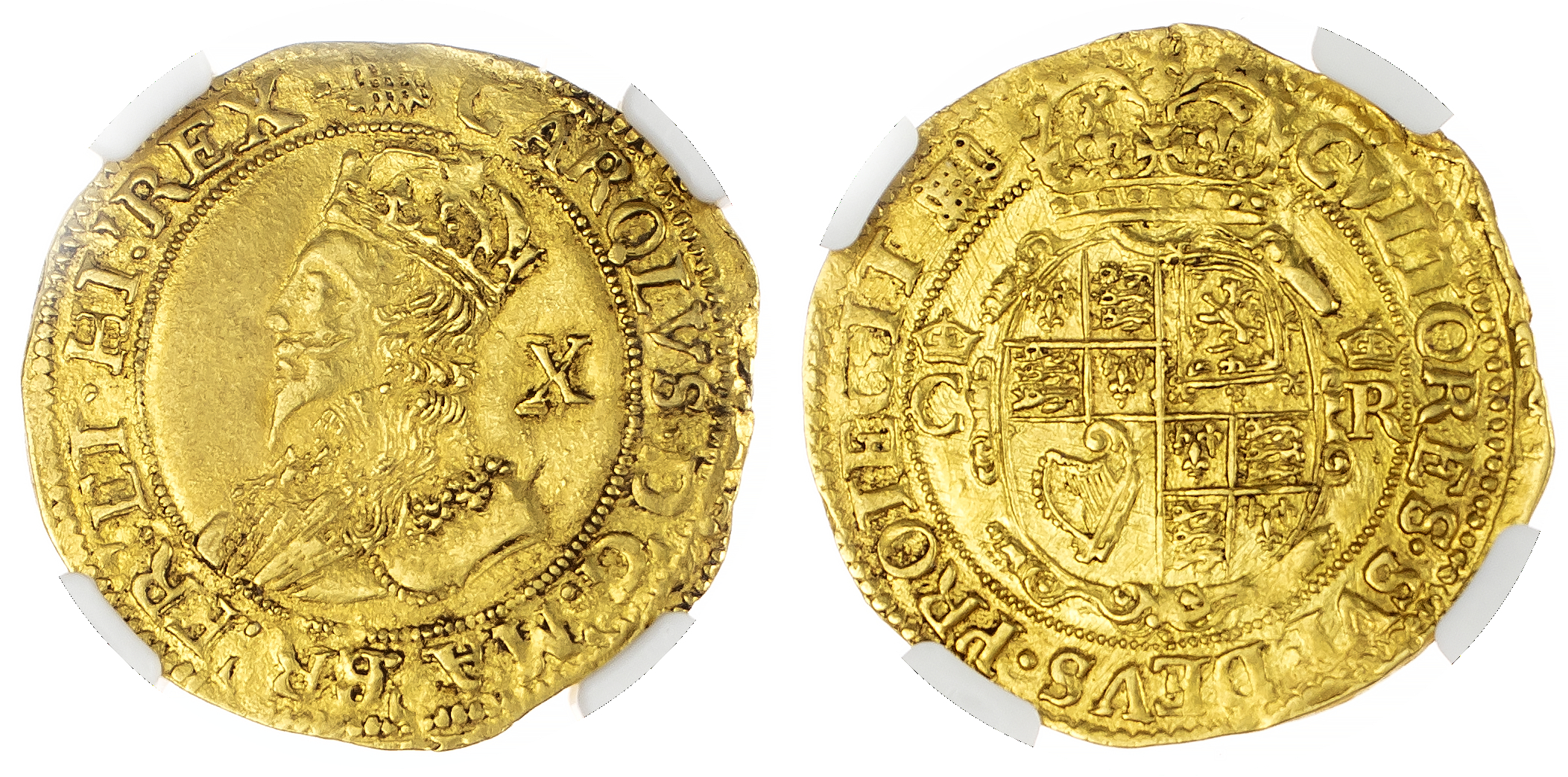 Charles I (1625-49), Double Crown, mm Portcullis£5,950.00
Charles I (1625-49), Double Crown, mm Portcullis£5,950.00 -
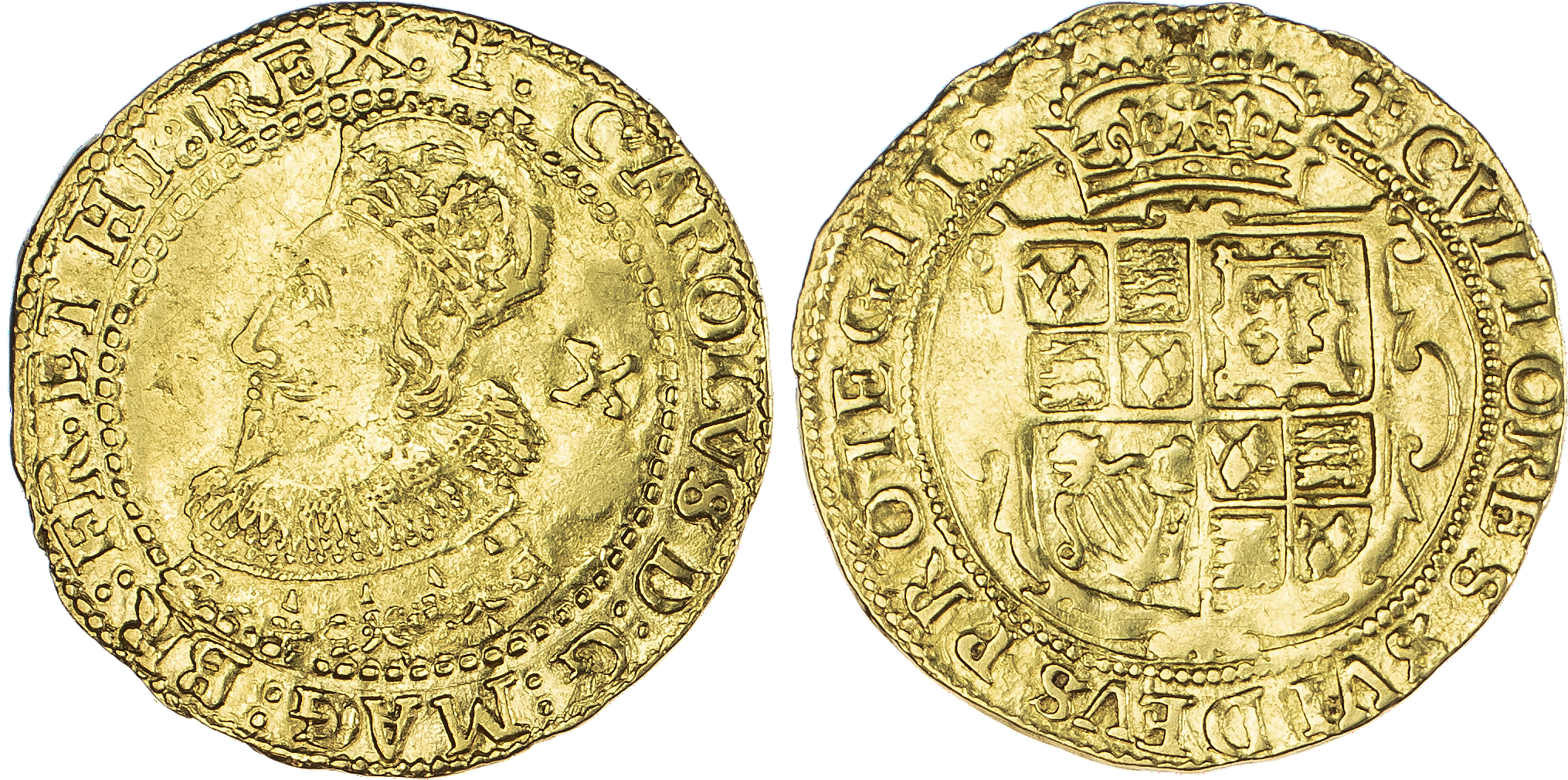 Charles I (1625-49), Double Crown, Tower mint, group A£3,750.00
Charles I (1625-49), Double Crown, Tower mint, group A£3,750.00 -
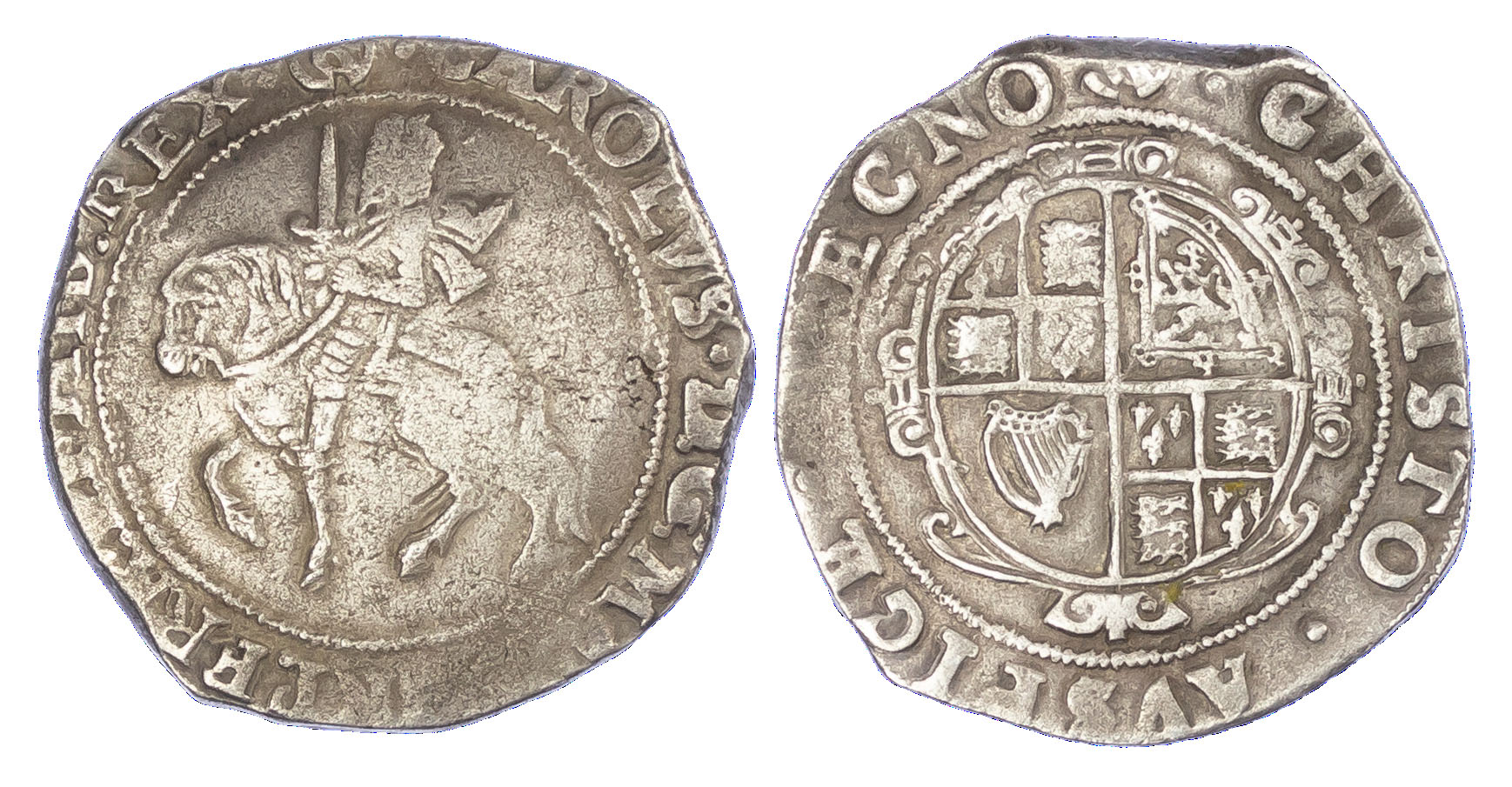 Charles I (1625-49), Halfcrown, 1644-45£250.00
Charles I (1625-49), Halfcrown, 1644-45£250.00 -
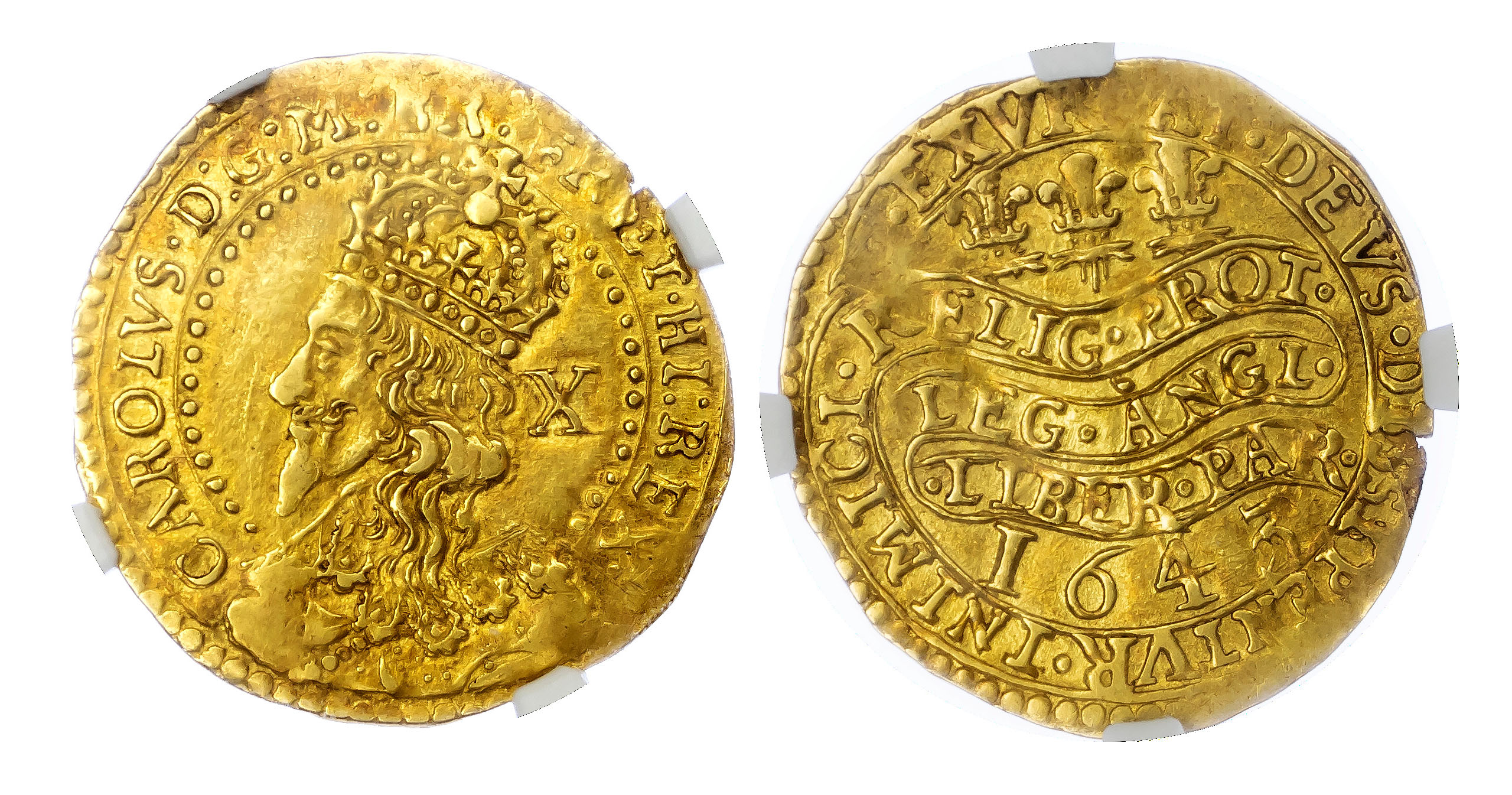 Charles I (1625-49), Oxford, ‘Declaration’ Half-Unite, 1643, NGC AU58+£16,500.00
Charles I (1625-49), Oxford, ‘Declaration’ Half-Unite, 1643, NGC AU58+£16,500.00
